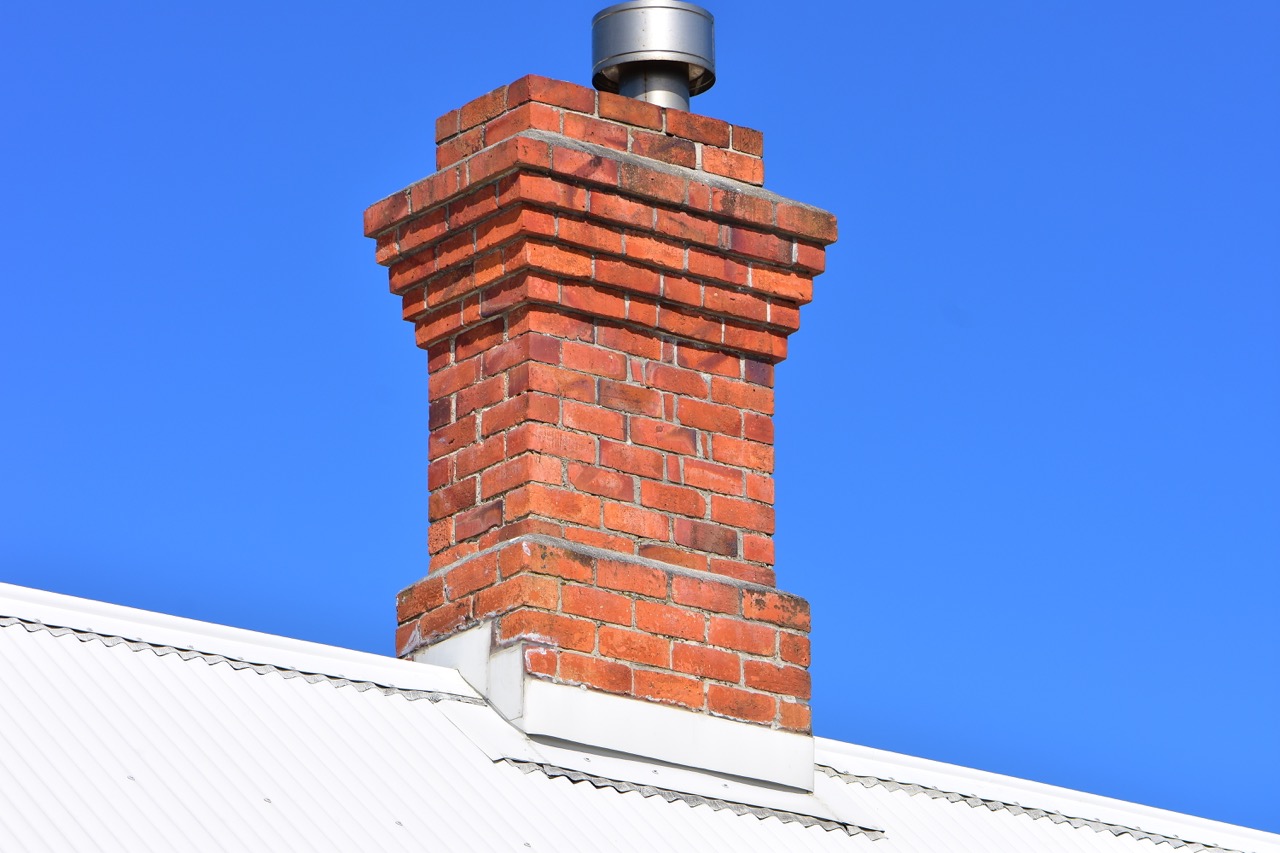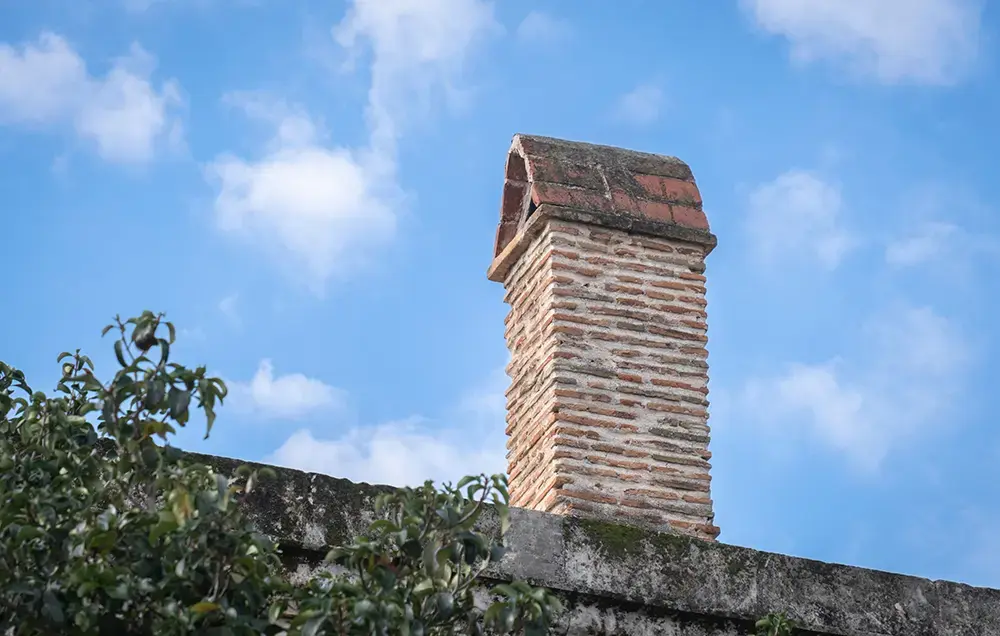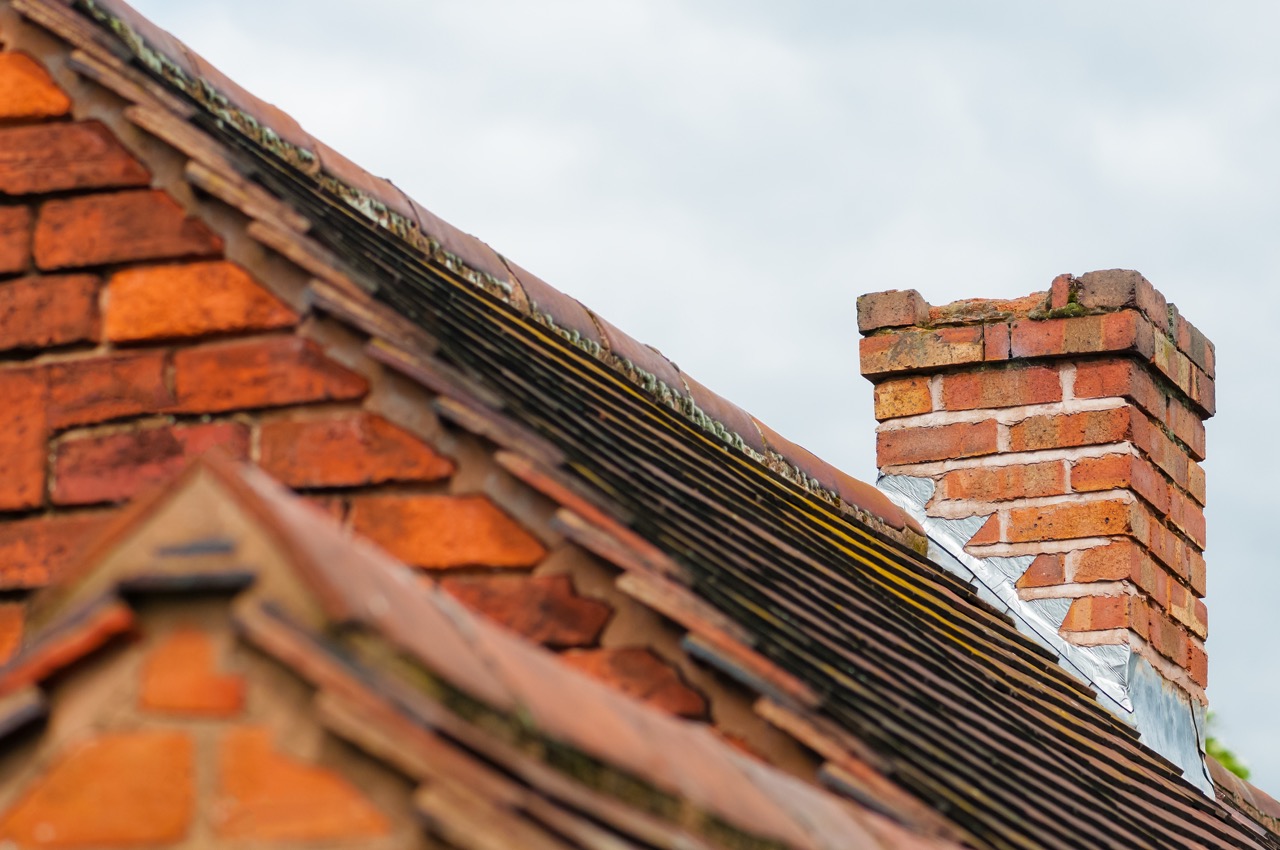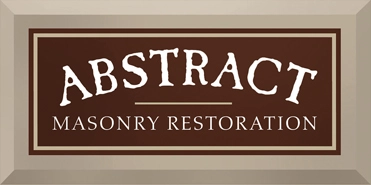There’s nothing like the sound and scent of a crackling fire, flickering away in your home’s fireplace. As the hearth is the center—the heartbeat—of your home, a wood fire can offer you and your family warmth and comfort during the long winter months. Even now, during this trying time, something as simple as the hope created by a brightly burning fire can help you keep you and your family focused on the positive. During especially cold months that have seemed to overstay their welcome well-past winter, a good fire will help you keep your heating costs down, too.
Although a fireplace does come with its own maintenance needs, proper upkeep and good safety practices can ensure that your fireplace will provide you with years of enjoyment. Obviously, this means regular chimney cleanings—but what about the structure and masonry of the chimney itself?
Recognizing Problems in Your Chimney
Most older homes and buildings were built with chimneys to vent smoke from fireplaces, stoves, and furnaces. Historically, these chimneys were built of brick or stone masonry because masonry is fireproof and fairly durable. However, because chimneys extend above the protective envelope of the roof, chimney masonry is constantly exposed to freeze and thaw, wind and rain, heating and cooling, and other inclement weather as compared to the rest of the building below the roofline.
Depending on the type of chimney you have and its construction, it is not unheard of for loose and dangerous masonry to develop at the top of chimneys that are only a few decades old; because chimneys are most often out of sight and above your field of view, damages often go undetected for years as the problem continues to worsen.
So, what are some signs of a chimney whose masonry is in need of maintenance, replacement, or repair?
- Spalling Bricks: Bricks that have begun to “spall,” or chip and flake on their surface, are in need of immediate attention. Not only is the damaged masonry unsightly, but it also allows water to enter the chimney structure, which can lead to even more extensive damage.
- Crumbling Mortar: If the joints between your chimney’s bricks are filled with crumbling or flaking mortar, it’s time to have them repaired. Damaged mortar not only looks bad, but it can also allow water to enter the chimney structure, leading to even more extensive damage.
- Leaning Chimney: If your chimney appears to be leaning, it’s definitely time to call in a professional. A leaning chimney is not only unsightly, but it can also be dangerous.
Materials found in Chimneys
- Brick
- Stone
- Mortar
- Concrete
Brick and stone are the most common materials used to build chimneys, although some may also be constructed of mortar, concrete, or a combination of these materials. Each has its own benefits and drawbacks:
Brick is the most popular material used in chimney construction because it is fireproof, durable, and relatively easy to repair. However, brick is also porous, which means that it can absorb water. If water seeps into the chimney structure and freezes, the expansion of the ice can cause the bricks to crack or even break.
Stone is another popular material used in chimney construction because it, too, is fireproof and durable. Stone chimneys are usually constructed of limestone, sandstone, or granite. Like brick, stone is also porous and can absorb water. In addition, stone is more difficult to repair than brick because it is less forgiving when cut or drilled into.
Mortar is a mixture of cement, sand, and water that is used to bond bricks or stones together. It is also used to fill in the spaces between bricks or stones. Because mortar is not as strong as brick or stone, it can crumble over time, allowing water to enter the chimney structure and causing damage.
Concrete is a mixture of cement, sand, gravel, and water. It is sometimes used in chimney construction, but it is not as common as brick or stone. Concrete is less porous than brick or stone, so it doesn’t absorb water as easily. However, concrete can crack over time due to the expansion and contraction of the cement as it dries.
Moisture in the Chimney
When a mortar joint fails, it exacerbates any damage to your chimney overall, since the masonry’s poor condition will expose the bricks to greater amounts of moisture. When water gets into small cracks in the masonry, they can turn into large cracks—especially during a cycle of freezing and thawing. As water seeps into the chimney, it can also cause the bricks to expand and crumble.
If you notice these signs of damage, it’s important to call a professional right away to assess the damage and recommend repairs or replacement. Depending on the extent of the damage, your chimney may need to be completely rebuilt.
Trust the Masonry Restoration Experts
If you are considering having your chimney’s masonry restored or repaired, it’s important to hire a masonry restoration contractor that is licensed, insured, and safe. Properly accessing your chimney’s masonry’s condition—and safely restoring and repairing any damage—is a process that we at Abstract Masonry Restoration have completed thousands of times over the life of our business. Give us a call, and we’ll be happy to come out and give you an estimate.





